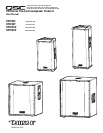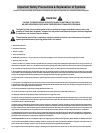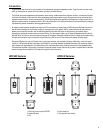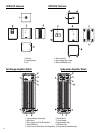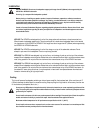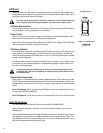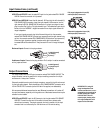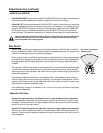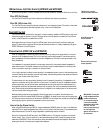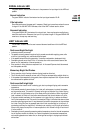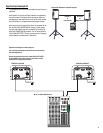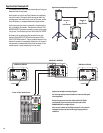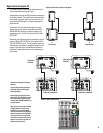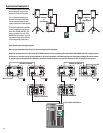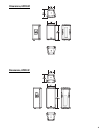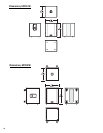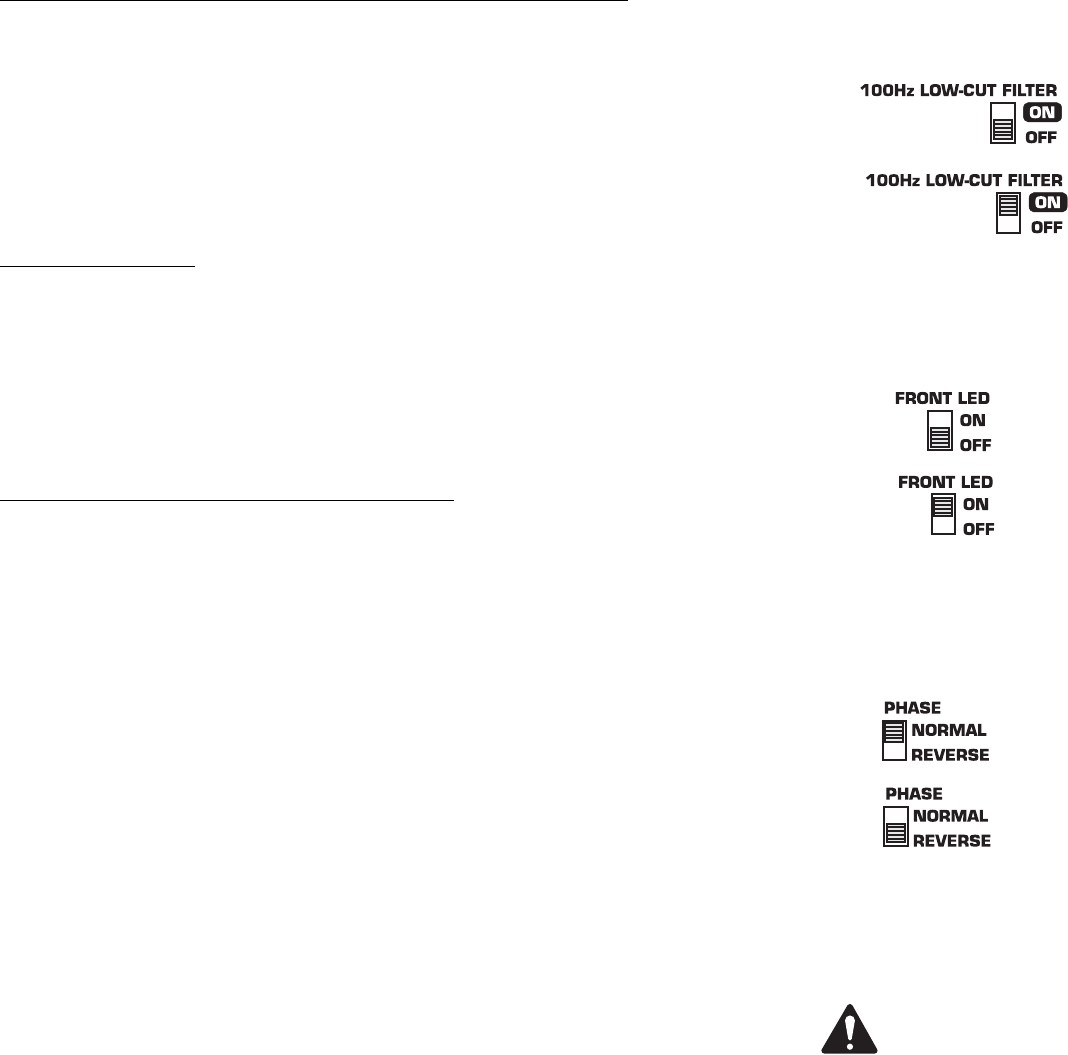
9
100 Hertz Low-Cut Filter Switch (HPR152F and HPR153F)
Below the LED indicators is a small recessed slide-switch that enables or disables a 100 Hertz low-cut filter.
Filter OFF (Full Range)
Turn the filter OFF when using without subwoofers or dedicated low-frequency enclosures.
Filter ON (100 Hz Low-Cut)
Turn the filter ON when using with optional subwoofers or low-frequency systems. This results in less distor-
tion at low frequencies and provides improved clarity in the low-mid frequencies.
Front LED Switch
The Front LED Switch, located on the rear panel, is used to enable or disable the LED located on the front of
the enclosure near the bottom of the grill. Slide the switch to the ON position to enable the front LED and
slide it to the OFF position to disable the front LED.
Most applications merit the use of the Front LED so power status can be visually confirmed, easily and
quickly. For applications where the LED may distract audience members, it is easily disabled by sliding the
FRONT LED switch to the OFF position.
Phase Switch (HPR151W and HPR181W)
When all loudspeakers in system are properly phased, a positive polarity drive signal results in a forward
excursion of all loudspeaker cones. This, in turn, sets up a positive reinforcement of the sound wavefront
(each loudspeaker reinforces the actions of the other loudspeakers). This effect is most pronounced at low
(bass) frequencies.
If a loudspeaker is not properly phased, its cone moves inward while the properly phased loudspeaker’s
cones move outward. The inward movement will effectively cancel the bass response of a similarly-sized
driver in the system, resulting in a reduction in the bass content.
It is critically important to maintain correct phasing in a loudspeaker system in order to realize maximum per-
formance. Phasing can be altered by miswired input cables, interconnecting cables, mixer phase switches set
incorrectly, just to name a few likely culprits.
To make matters a bit more complicated, phasing is also influenced by the position of loudspeakers with
respect to one another and by their position in a given room. It is possible to have all loudspeakers phased
properly (electrically) and yet achieve better bass response by having the subwoofer reverse phased. It is
even possible to achieve improved bass response from the system with multiple subwoofers phased differ-
ently. Be aware that perceived bass response also will change with the listener’s position, so move around
the room (venue) when testing your setup.
Because phasing problems can so drastically effect the bass output of a system, the subwoofers are
equipped with a switch marked PHASE. When set to NORMAL, the phase is such that a positive going input
will cause the cone to move outward. When set to REVERSE, the input signal has its polarity reversed and a
positive going input will cause the loudspeaker’s cone to move inward.
How to Use the Phase Switch
When using QSC subwoofers and QSC full range loudspeakers, NORMAL phase will result in the best bass
response IF the full range loudspeakers are sitting on or very close to the subwoofers. If the subwoofers are
some distance away from the full range loudspeakers, phase change may be of benefit.
Start with all subwoofer PHASE switches in the NORMAL position. This applies to systems with one sub-
woofer as well. Then, with your system at or near expected operating levels, change the phasing of each
subwoofer INDIVIDUALLY. Then walk around the venue and assess the overall bass response. Select the
phasing that results in the best overall system bass response.
Phase switch normal and
reverse positions
IMPORTANT! If using full
range loudspeakers from
another manufacturer,
we recommend they be
connected to the QSC
subwoofer’s 100 Hz LOW-
CUT OUT. This will
ensure proper phasing of
the full range loud-
speaker with respect to
the subwoofer.
100 Hertz low-cut filter
switch off and on positions
Front LED switch off
and on positions



